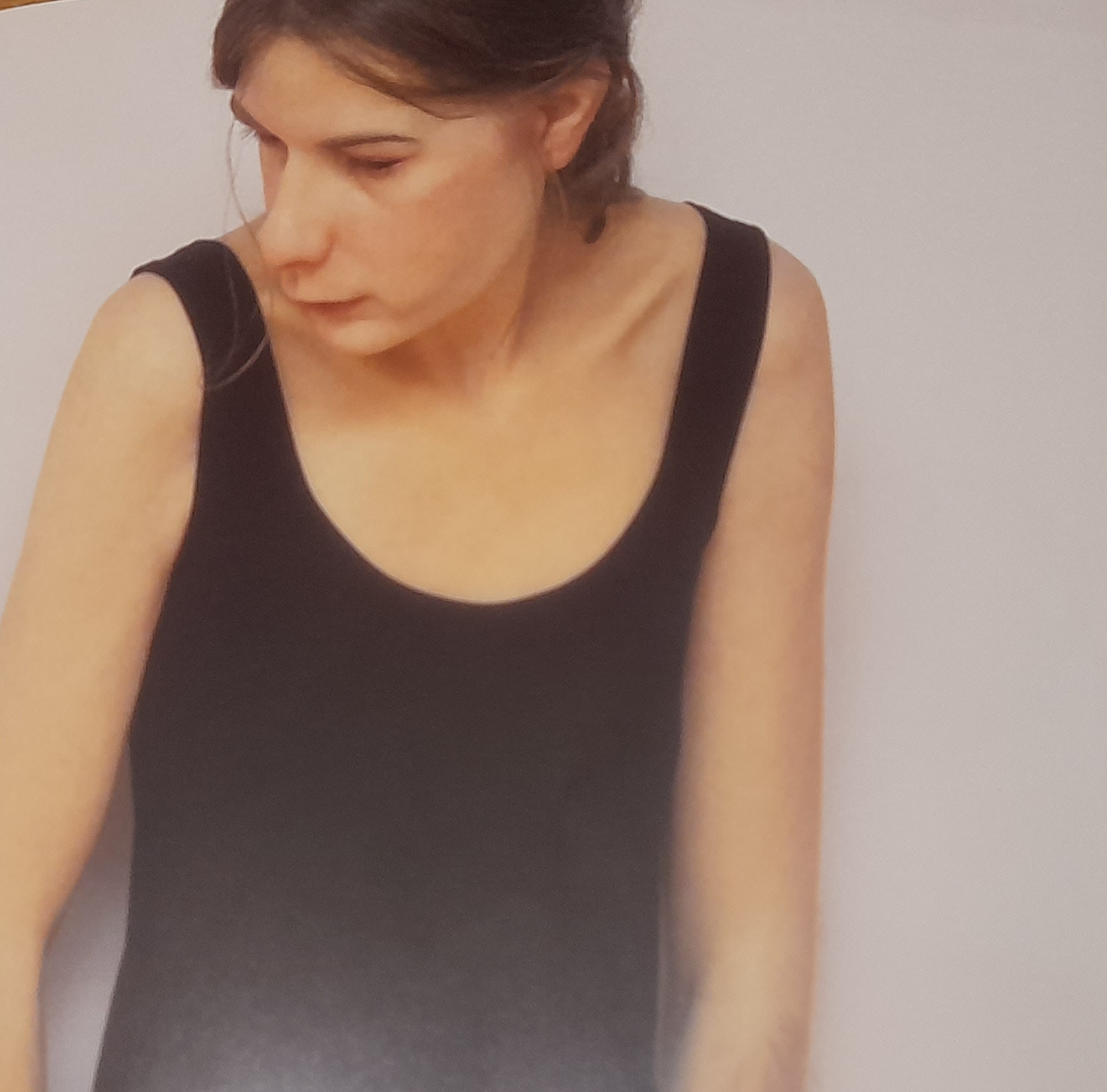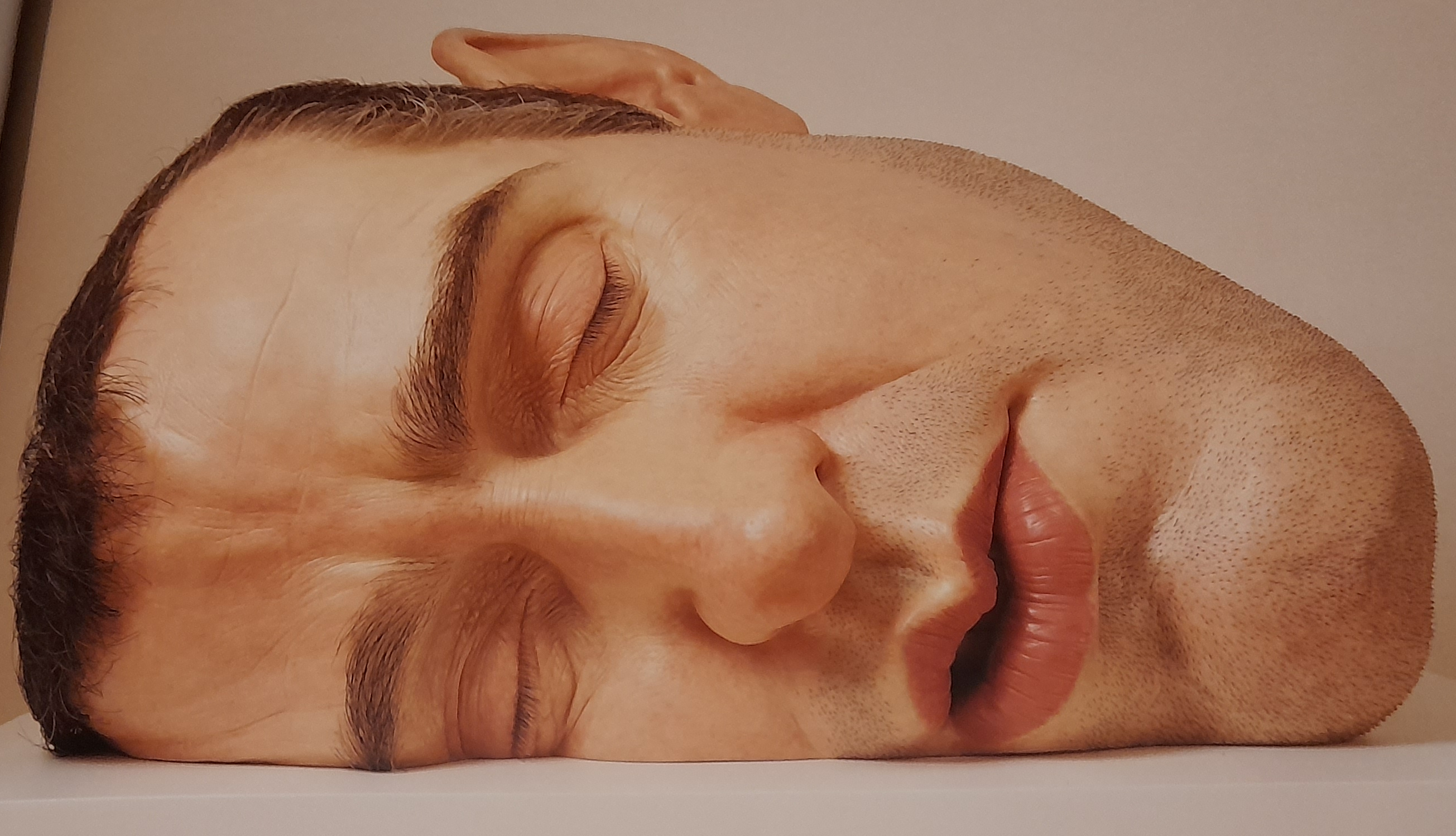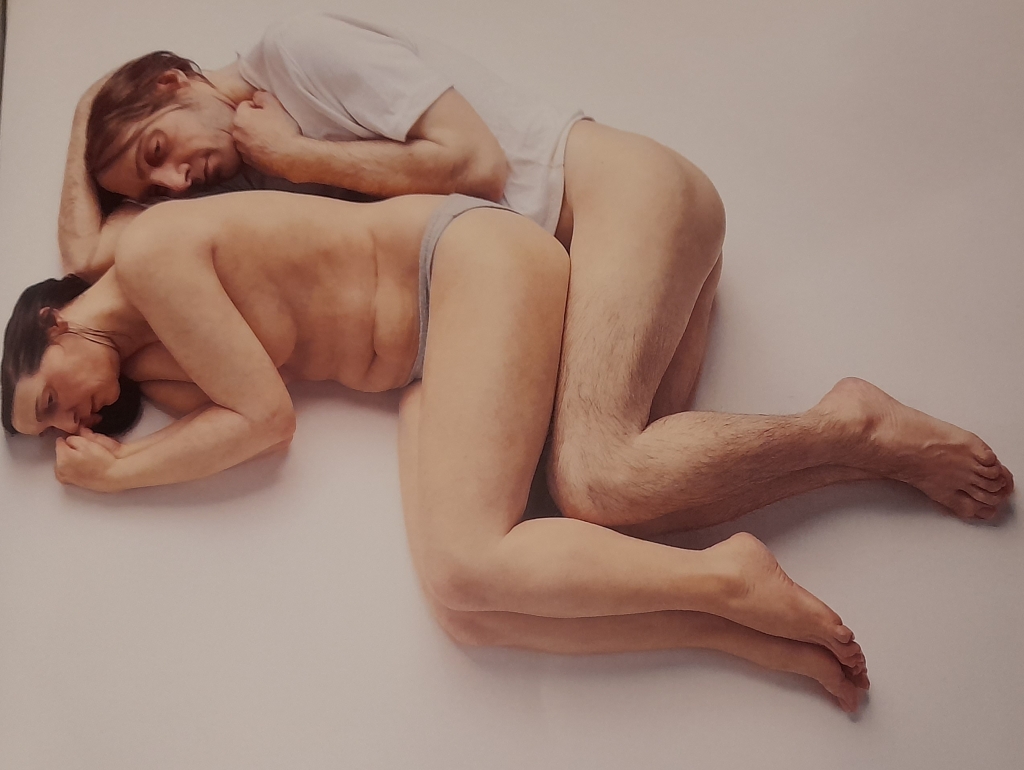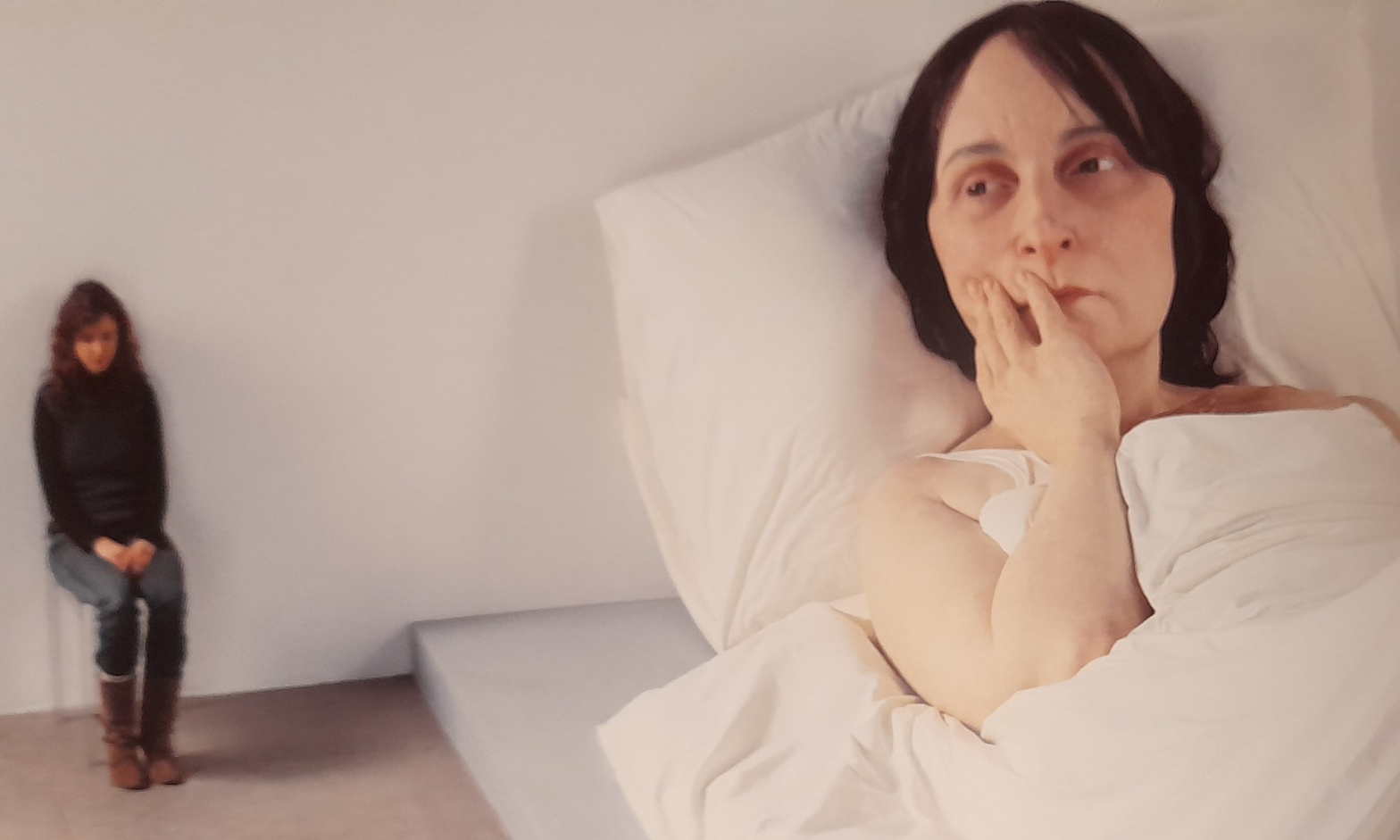FAR EAST, SOUTH ASIA AND AUSTRALASIA
Work by Australian artist Ron Mueck is instantly recognisable. He creates hyper-realistic sculptures of normal-looking people, which disrupt our expectations of scale: sometimes his figures are immense, at other times they are much smaller than life-size. He renders the details of the bodies, their expressions and their wrinkled flesh with unsparing exactitude. As with Jenny Saville’s “brutal bodies”, her paintings of defiantly fleshy naked women, or Lucian Freud’s unflinching portraits, they are not necessarily beautiful, but they are fascinating. Mueck’s figures represent the full circle of life, from babyhood to old age. They often appear melancholic, gazing into the middle distance in exhaustion or self-absorption.
His sculptures appear to have been cast from life, but instead former puppeteer Mueck has typically created small clay maquettes, and used them to decide the composition of his work. A second, full-size clay model has then served as a mould for his final figure, cast in fibreglass. His craftmanship is conspicuously superior, and the British critic John Carey feels that Mueck exquisitely “bridges the gap between the avant garde and popular culture”.
Ghost (1998) is a larger-than-life sculpture of a barely adolescent girl. She is wearing a swimsuit and looking away from the viewer, with an expression that encapsulates all the agonising self-consciousness that comes with being a teenage girl. Each one of the dense hairs on her arms has been painstakingly modelled: is she anorexic?

Mask II (2001-02) shows a huge disembodied male head (apparently based on the artist’s own features), which inevitably brings to mind decapitation, with the eyes closed, whether in death or repose.

Other works feature more than one figure. Spooning Couple (2005) represents two figures, lying as if in bed. She wears only a pair of greying knickers, while he’s wearing just a white T-shirt. While their lack of clothes and proximity to each other ought to express intimacy, their open-eyed expressions are miserable and introspective rather than sleepy or saucy.

A Girl (2006) is an monumental, five-metre long sculpture of a newborn baby girl. There’s something affecting about this acknowledgement of the enormity of the arrival of new life. You can see a video of it being made here:
More recently Mueck has created an overwhelming work representing 100 individual, large-scale human skulls – a memento mori and then some. In reproduction, the scale of his work is at its most startling when the image includes a real human observer.
Some work is light-hearted and tender though, and there’s some good examples of his more recent pieces in the video below (though I’m not super keen on the presenter guy). And I love Mueck’s enormous, hallucinatory, Alice in Wonderland-like Boy, created in 1999.
I find Mueck’s work compelling, but my view is not universally shared: he’s a bit of a ‘Marmite’ artist. For me, he’s about much more than technical wizardry: there is an immense humanity in his work, which can feel almost devotional, as if he’s identifying core truths about what it is to be alive: he renders the ordinary extraordinary.
This Guardian journalist thinks he’s crap, however, and claims to have felt physically nauseated at “the prospect of having to waste time, and words, on this flimsy gimcrack charade, on having to walk around with a straight face and pretend this is an exhibition. Of art.” What an unnecessarily angry man!

I like these!! I’ve seen the Mask II at SFMOMA – the detail is impressive!
LikeLiked by 1 person
These are fascinating and unnerving, and the very size of them is moving and disconcerting. There is a whole genre of painting using photorealism, and the sculptures seem to fit in with this approach, (not with Jenny Saville’s messy raw energy). I find his work legitimate and interesting and cannot understand why Jonathan Jones is so angry!
LikeLiked by 1 person
I find those quite unnerving but wouldn’t get angry about them!
LikeLiked by 1 person
quite!! 🙂
LikeLike